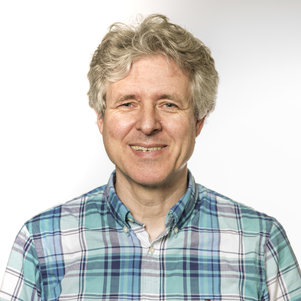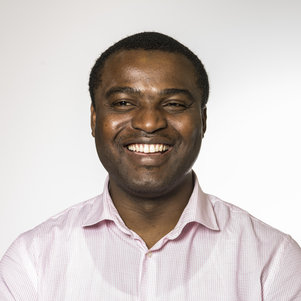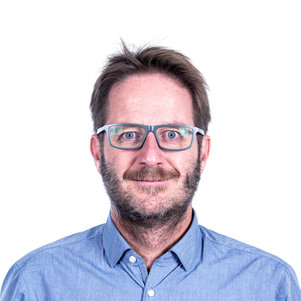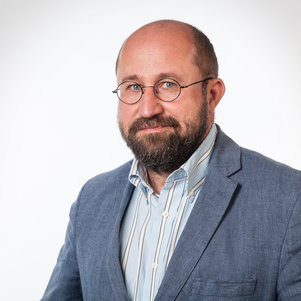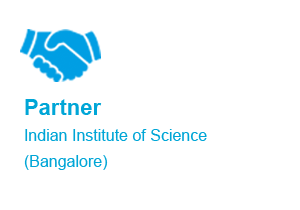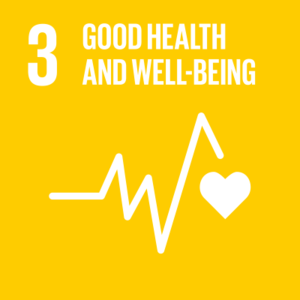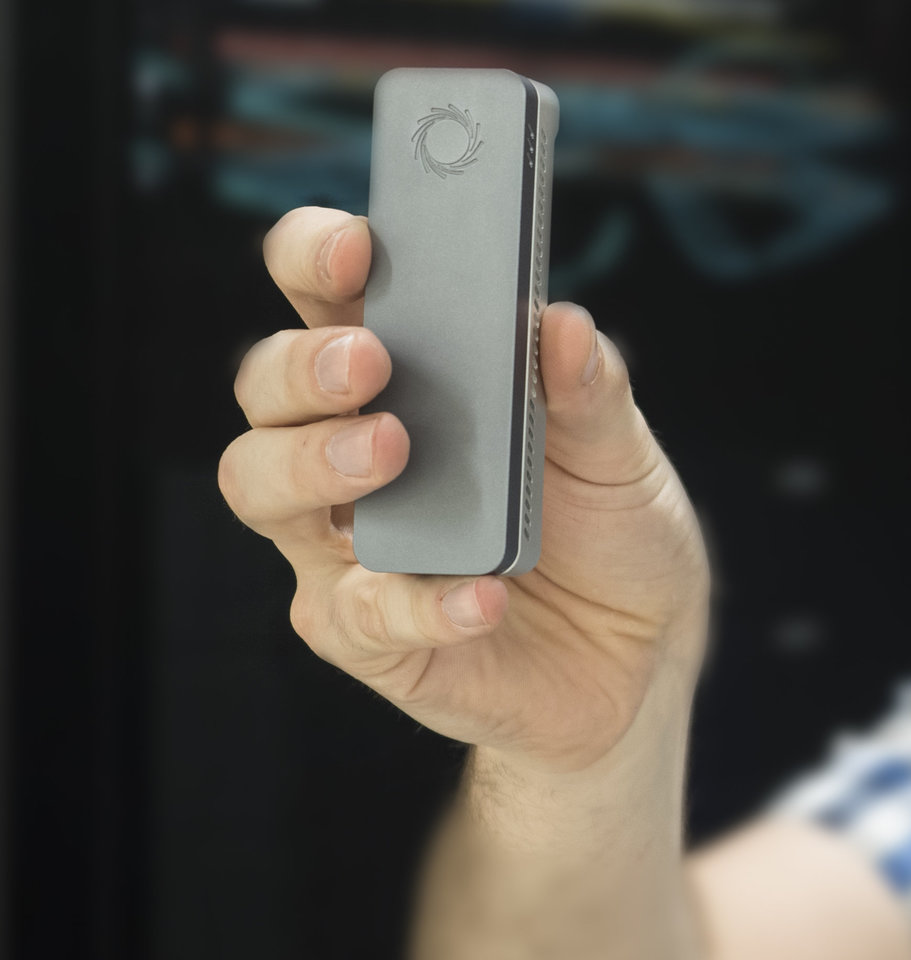To create an optical instrument which allows anyone, not just experts, to diagnose malaria at a very early stage of the disease using a simple pin-prick blood sample, that is the challenge facing the team headed by professors Michel Verhaegen and Gleb Vdovine at the Delft Centre for Systems and Control. “An instrument that can be used on the ground in the African countryside would be a first. It’s a big challenge from a scientific point of view: is it possible to make an early diagnosis of malaria using only optical techniques? Can it be done at all?”
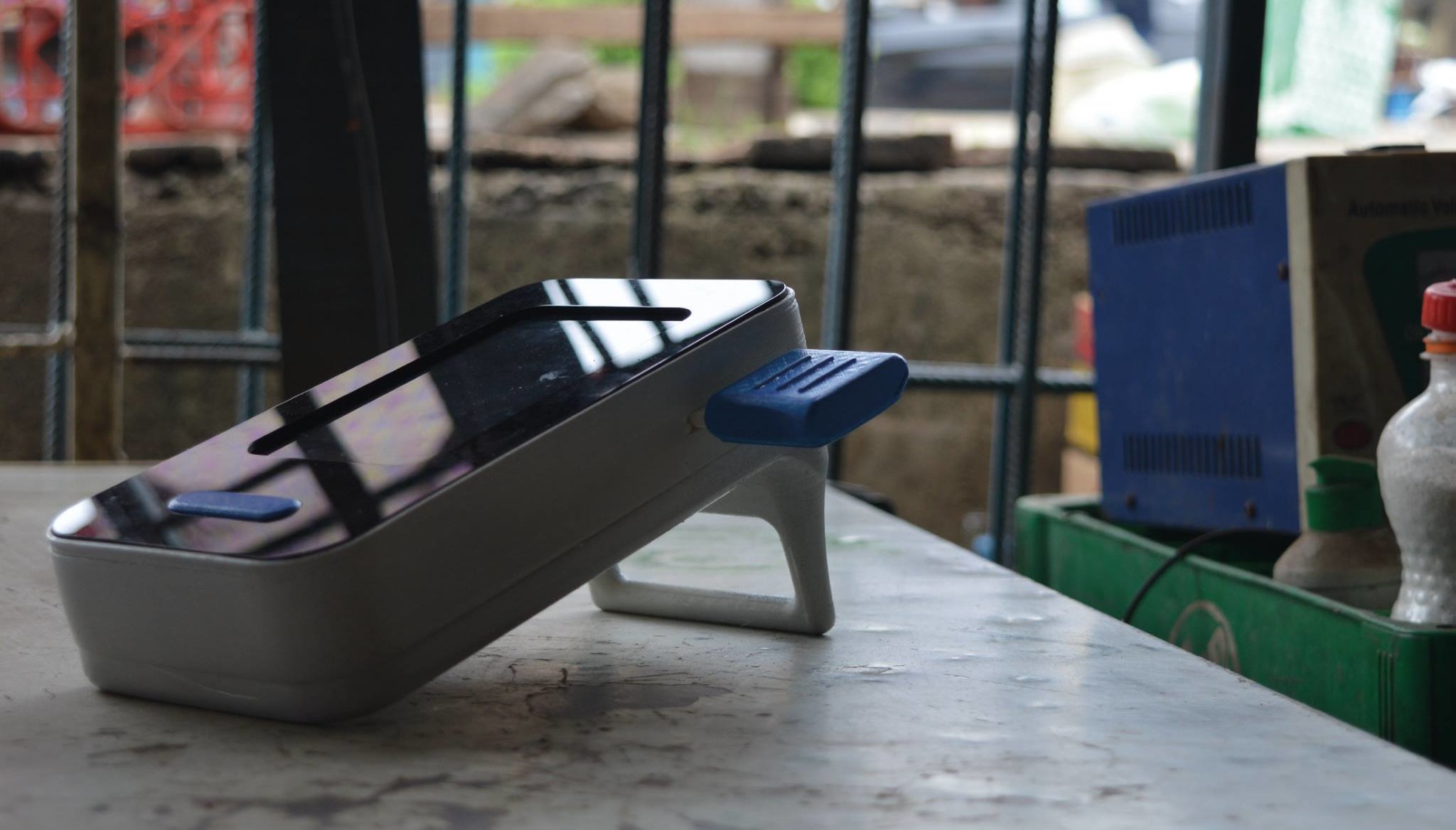
Algorithms and optical instruments
Michel Verhaegen uses algorithms to make high resolution optical instruments. The integration of algorithms and hardware, a crucial part of the process, is the domain of Verhaegen’s colleague Gleb Vdovine. “Optical instruments, such as microscopes or telescopes, have a tendency to become very complex because of the sophisticated technological requirements,” Vdovine says. The challenge the team set itself is to use smart calculation techniques which will reduce the complexity of the instrument and bring down manufacturing costs without compromising performance. This added a completely new dimension to Verhaegen’s research.
Quality and costs
“Traditionally, the development of optical instruments starts with the hardware, in other words, the lens and the structure. What is new about our project is the use of calculation techniques to improve the performance of the instrument.” Not only will performance improve, the design of the instrument will be simpler too. “This means manufacturing costs can be kept in check, or even come down, without compromising the quality of the instrument. It could even improve the quality, and maintenance will be easier too. These are important issues in the Netherlands as well. Health care costs are steadily rising. In countries where cost and maintenance are often weak links in the chain this instrument will be very useful indeed.”
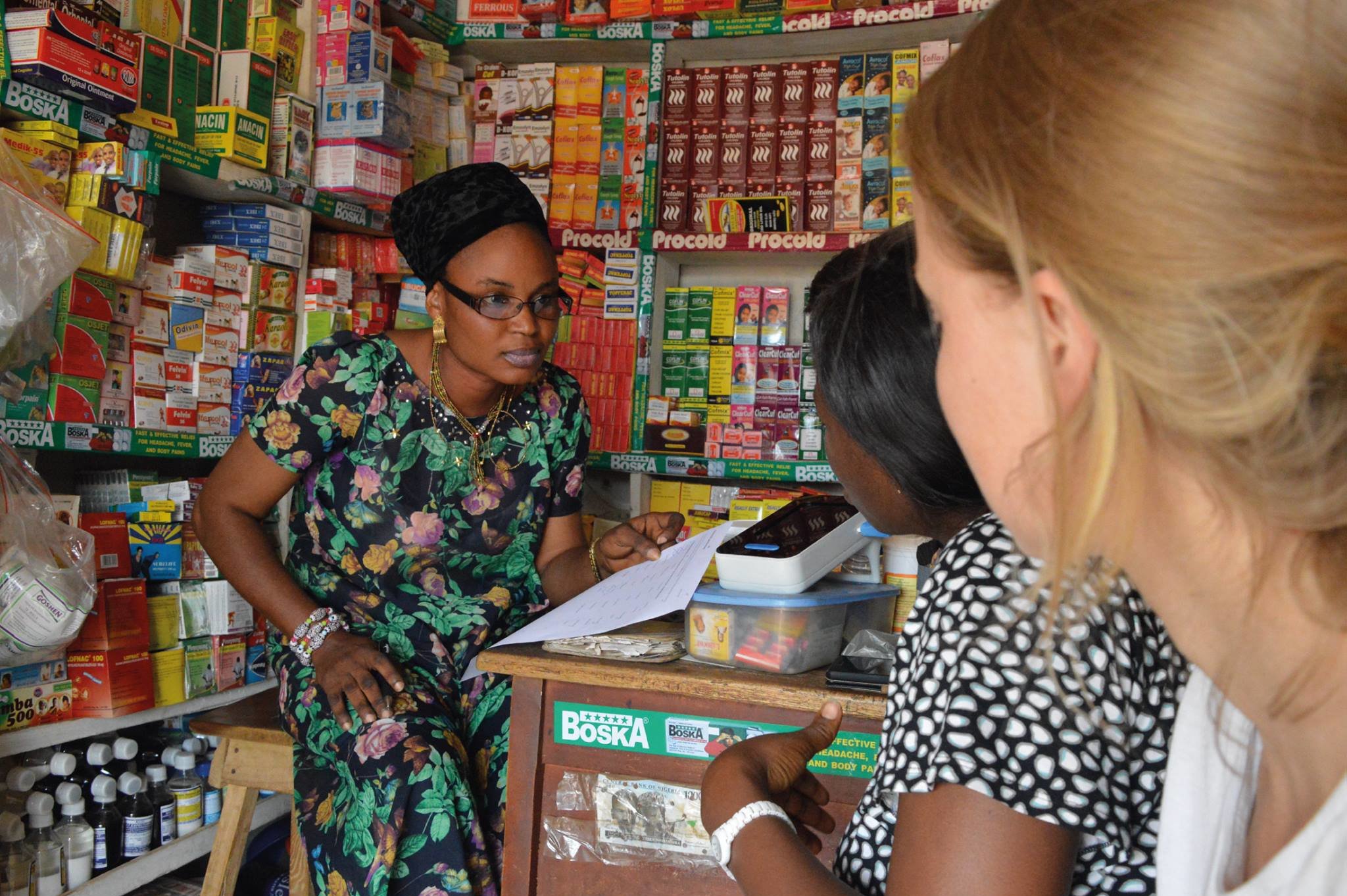
Malaria
It was PhD Temitope Agbana who suggested the team tackle one of the most urgent problems in Sub Saharan Africa: malaria. Agbana is from Nigeria and has first-hand knowledge of the problem and the local context. “Every year many people die from the disease, especially children. In Nigeria one of the problem areas is diagnosis. The standard method is to take a blood sample, put it under a microscope and study it. It’s time consuming, and the accuracy of the results depends on the expertise of the microscopist conducting the test. “If a child has a fever for instance, the community health worker may surmise that the patient has malaria just by feeling the child’s temperature with his hand. But all too often the diagnosis is incorrect and the wrong medication is administered, either because the child’s particular strain of malaria has not been identified, or because he doesn’t have malaria at all.”

Two challenges
The aim is to develop an instrument with which to make a very early diagnosis based on a simple pin-prick blood sample. Often the malaria parasite has been active in the blood for quite a while before the first symptoms present themselves and by then it’s too late for treatment. Vdovine: “That means we are facing two big challenges. First we need to find a way to detect the malaria parasite in the blood at an early stage. We’ll use optical techniques because they’re the simplest option. Basically what we need is an instrument that is sensitive enough to pick up a parasite that, apart from anything else, is also very good at hiding itself. That’s why our second challenge is to come up with smart calculation techniques to help us find that needle in the haystack.”
Working together
The team won’t be operating entirely on its own. Agbana: “I made contact with professor Oladepo from Nigeria, who is an authority in the field of public health and development. He is very enthusiastic about our Delft Global project and will be helping us with blood samples and experiences in the field. Also, possible collaboration with malaria research groups at Radboudumc and Leiden University Medical Centre in the Netherlands is being explored.” Agbana hopes the first version of the instrument will be ready in four years’ time. “When we have proof of principle we can go on to the next stage in the development and look at how to bring it to market at a cheap price. We have a long working relationship with Focal, a company that has successfully marketing optical instruments in developing countries for many years. We hope it can do the same for this instrument.”

